Table of Contents
Conditional Probability:
Conditional probability is a concept in mathematics that refers to the probability of an event occurring given that another event has already occurred. Let us consider the experiment of throwing a die twice. Also, let E1 be the event that the number 5 appears at least once and E2 be the event that the sum of the numbers is 7.
| Then, E1 ={ (5, 1), (5, 2), (5, 3), (5, 4), (5, 5), (5, 6), (1, 5), (2, 5), (3, 5), (4, 5), (6, 5) } and E2 = { (1, 6), (2, 5), (3, 4), (4, 3), (5, 2), (6, 1) } Thus, n(E1) = 11, n(E2) = 6 and n(S) = 6 x 6 = 36 ∴ P(E1) = n(E1)/n(S) = 11/36 and P(E2) = n(E2)/n(S) = 6/36 = 1/6 Also, n(E1 ∩ E2) = 2 ∴ P(E1 ∩ E2) = n(E1 ∩ E2)/n(S) = 2/36 = 1/18 |

If we denote the probability of occurrence of E2, provided E1 has already occurred by P(E2/E1), then the favorable ways of this happening is E1 ∩ E2 and the sample space with this restriction is E1.
| So, P(E2/E1) = P(E1 ∩ E2)/P(E1) = (1/18)/(11/36) = 2/11 ∴ P(E1 ∩ E2) = P(E1) . P(E2/E1) |
Thus if A and B are two events in the same sample space S, such that P(A) > 0, P(B) > 0, then the probability of the occurrence of B provided A has already occurred is given by-
| P(B/A) = P(A ∩ B)/P(A) = P(AB)/P(A) Similarly, P(A/B) = P(A ∩ B)/P(B) = P(AB)/P(B) These two rules are known as the multiplication rule of probability. |
Conditional Probability Advantages:
Conditional probability has several advantages in mathematics and real-world applications:
(1) Accurate predictions: Conditional probability allows for more accurate predictions and estimations by taking into account the relevant information about the events. It helps in making better decisions in situations where the outcome is dependent on other factors.
(2) Risk assessment: In finance, insurance, and other risk management fields, conditional probability is used to assess the probability of an event occurring given certain conditions. This helps in calculating the risk and making informed decisions.
(3) Experimental design: Conditional probability can help in designing experiments and analyzing data. By understanding the relationship between events, researchers can identify potential confounding factors and control for them in their experiments.
(4) Machine learning: In machine learning, conditional probability is used in classification and prediction tasks. By analyzing the relationship between different variables, models can be trained to make accurate predictions based on input data.
(5) Bayesian inference: Bayesian inference is a statistical method that uses conditional probability to update beliefs and make predictions based on new information. It is widely used in fields such as economics, physics, and engineering to make predictions and draw conclusions based on data.
Example of Conditional Probability:
| Example- Suppose a factory produces two types of products, A and B. Product A has a defect rate of 5%, while product B has a defect rate of 10%. The products are randomly mixed together in a box, and a product is randomly selected from the box. What is the probability that the product is defective given that it is a product B? Solution- Let event A be the event that the selected product is defective, and event B be the event that the selected product is a product B. We want to find the conditional probability P(A/B), which is the probability of event A occurring given that event B has occurred. Using the formula for conditional probability, we have: P(A/B) = P(A ∩ B)/P(B) The probability of event A and B occurring together is the probability of selecting a defective product B, which is given by: P(A ∩ B) = P(A/B) x P(B) where P(A/B) is the probability of a defective product given that it is a product B, and P(B) is the probability of selecting a product B. From the given information, we have: P(A/B) = 0.10 (the probability of a defective product given that it is a product B) P(B) = 0.5 (since the products are equally mixed in the box) So, the probability of a defective product B is: P(A ∩ B) = P(A/B) x P(B) = 0.10 * 0.5 = 0.05 Therefore, the probability of the selected product being defective given that it is a product B is: P(A/B) = P(A ∩ B) / P(B) = 0.05 / 0.5 = 0.1 or 10% So, the probability of the selected product being defective given that it is a product B is 10%. |

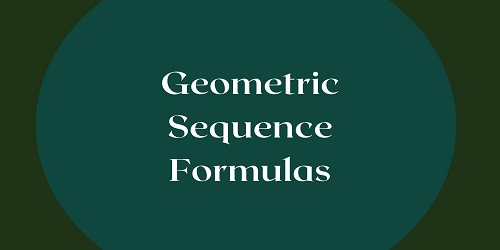
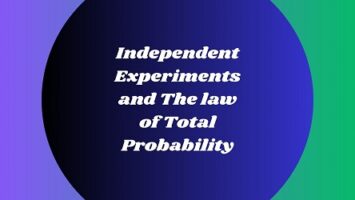
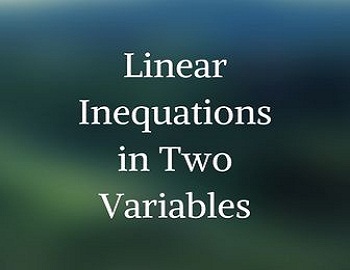


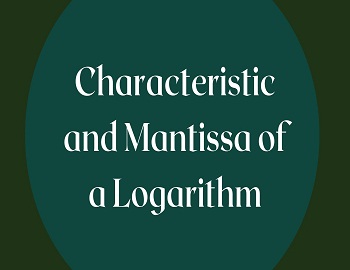
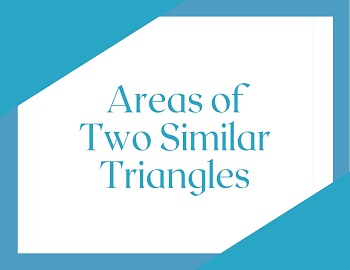
Comments (No)